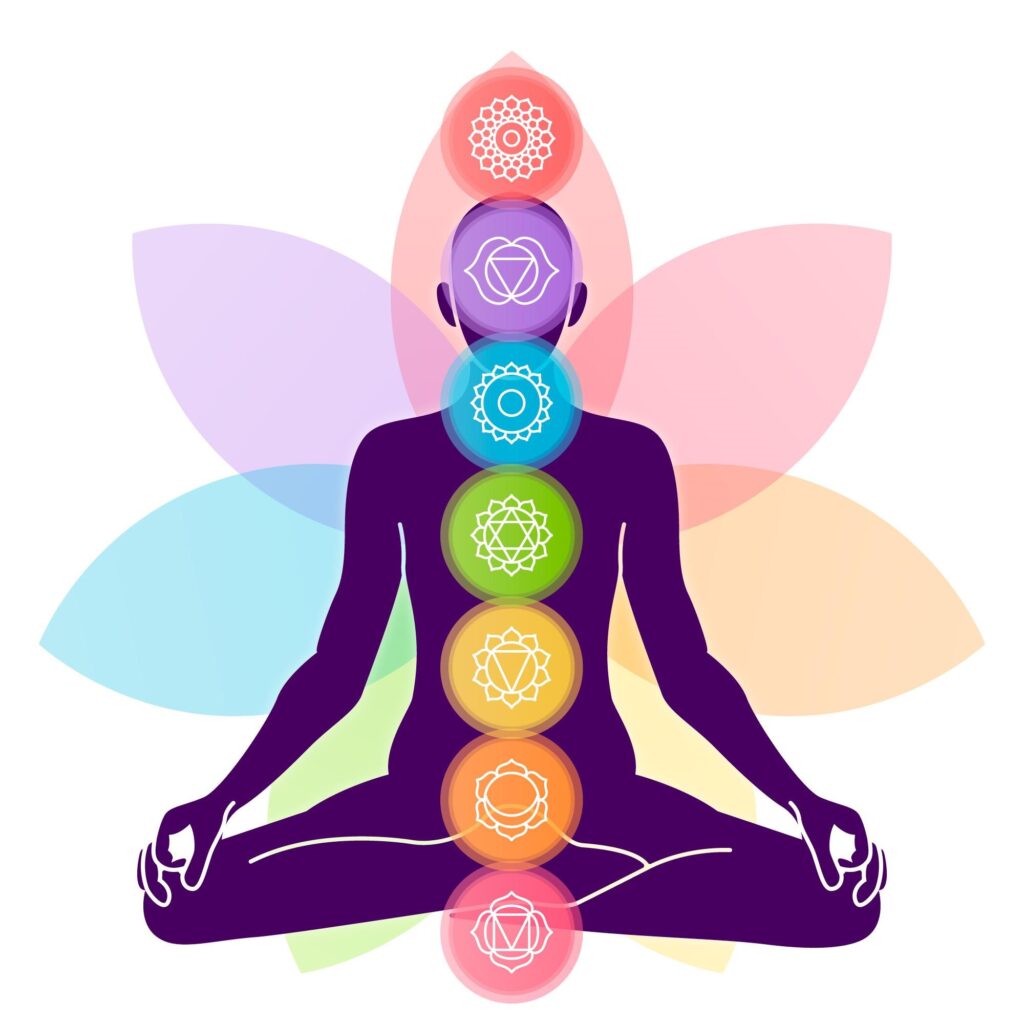In a world where wellness trends come and go, the timeless wisdom of Yoga stands strong. Long before gyms, apps, and fitness influencers, ancient sages in India had already decoded a holistic approach to health and inner peace. One such sage was Maharshi Patanjali, whose Yoga Sutras form the foundation of what we know today as Ashtanga Yoga—an eightfold path for achieving balance between the body, mind, and soul.
What is Ashtanga Yoga?
Derived from two Sanskrit words—Ashta (eight) and Anga (limb)—Ashtanga Yoga is a step-by-step guide to spiritual and physical purification. These eight limbs are not just physical exercises but a complete lifestyle system for those who seek true well-being and enlightenment.
Let’s explore these eight limbs and understand how they work together to promote holistic healing:
1. Yama (Social Discipline)
These are the ethical guidelines for how we interact with the world. Think of them as moral restraints—truthfulness, non-violence, non-stealing, celibacy, and non-possessiveness. Practicing Yama helps detox your karmic body—laying the foundation for a peaceful, balanced life.
2. Niyama (Personal Discipline)
While Yama is outward-facing, Niyama is inward. These include cleanliness, contentment, austerity, self-study, and surrender to a higher power. Niyamas align your inner world, promoting emotional resilience and spiritual strength.
3. Asana (Physical Postures)
This is the most widely recognized aspect of Yoga. But beyond flexibility and fitness, Asanas are meant to prepare the body to sit in meditation for long periods. Each pose nurtures your organs, enhances circulation, and supports a healthy body-mind connection.
4. Pranayama (Breath Control)
This practice teaches us to detach from external distractions and tune inward. By mastering the senses, we develop control over cravings and impulses—a discipline that beautifully complements a mindful ayurvedic diet and lifestyle.
The Final Three: Turning Inward
After mastering the first five limbs—each contributing to bodily and emotional health—we move into the deeper, subtler layers of being.
6. Dharana (Concentration)
This is the practice of focused attention—whether on a mantra, the breath, or a candle flame. It trains the mind to become still, a crucial step before entering meditation.

7. Dhyana (Meditation)
Unlike Dharana’s single-pointed focus, Dhyana is a state of flow—effortless meditation. It’s the art of just being. Regular meditation has shown to support mental health, reduce anxiety, and bring emotional balance.
8. Samadhi (Blissful Absorption)
The final step is Samadhi, a state of oneness with the universe—pure awareness and liberation from ego. This is where the soul finds its freedom. A life aligned with this yogic journey naturally gravitates toward clean eating, self-care, and natural wellness.
Final Thoughts: Aligning Yoga with an Ayurvedic Lifestyle
Whether you’re new to Yoga or a lifelong practitioner, Patanjali’s Ashtanga path offers a road map to holistic well-being. When combined with a natural, ayurvedic lifestyle—rich in herbs like Ashwagandha, Turmeric, and Moringa—it becomes a powerful system for total health.
At Purnavida, we honor this ancient wisdom in every supplement we craft. From nurturing your body with plant-based nutrition to supporting mental clarity, we invite you to embrace this journey of healing—inside and out.







